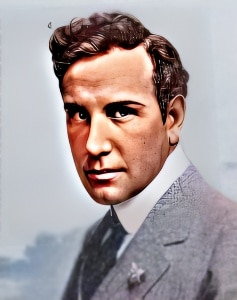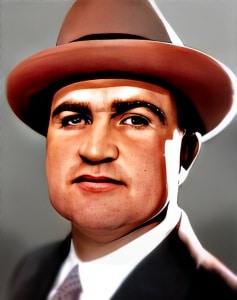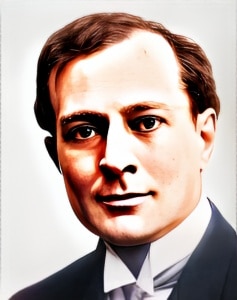 Jack Livingston, an actor of the early 20th century, made significant contributions to the world of entertainment during the transition from silent films to the advent of sound.
Jack Livingston, an actor of the early 20th century, made significant contributions to the world of entertainment during the transition from silent films to the advent of sound.
Born on January 6, 1897, in Texas, USA, Livingston’s career showcased his adaptability and lasting influence. While his name may not be as widely recognized today as some of his contemporaries, Jack Livingston’s contributions to film and entertainment are celebrated for their versatility.
Livingston’s journey into the world of entertainment began during a time when the theater was the dominant form of live performance. As he transitioned into the early days of film, he adapted seamlessly to the medium. Silent films of that era relied heavily on visual storytelling and nonverbal acting, requiring actors to convey emotions and narratives primarily through facial expressions and physical movements. Livingston’s talent for adapting to this medium and captivating audiences through his performances was indicative of his acting prowess.
One pivotal moment in Jack Livingston’s career was his involvement in the 1926 silent film “The Sea Beast.” Directed by Millard Webb and based on the novel “Moby-Dick” by Herman Melville, this film marked a significant moment in film history. Livingston played the role of Flask, a key character in the story, and contributed to the film’s success. His ability to engage with complex characters and emotionally charged storylines added depth to the narrative. “The Sea Beast” is a classic example of silent film storytelling, bringing a literary classic to the big screen.
Livingston’s versatility as an actor extended beyond his work in “The Sea Beast.” He appeared in various silent films, encompassing a range of genres, from dramas to comedies. His filmography showcased his ability to engage with diverse characters and narratives, highlighting his adaptability and commitment to his craft.
Livingston’s versatility as an actor extended beyond his work in “ The Saphead.” He appeared in various silent films, spanning a range of genres, from dramas to comedies. His filmography showcased his ability to engage with diverse characters and narratives, highlighting his adaptability and commitment to his craft.
The transition from silent films to sound films marked a significant shift in the entertainment industry. Many silent film actors faced the challenge of adapting to this new era, and Jack Livingston was no exception. His successful transition highlighted his ability to remain relevant in the evolving landscape of film.
While his name may not be as widely recognized today as some of the leading actors or directors of his time, Jack Livingston’s contributions to early American cinema are a testament to his talent and dedication. His work in the silent film era and his successful transition to sound films demonstrate his adaptability and lasting impact on the industry.
In conclusion, Jack Livingston was a versatile American actor who made significant contributions to the early years of American cinema. His involvement in “The Sea Beast” marked a notable moment in his career and the evolution of American cinema. While his name may not be as widely recognized today, his work in the early days of cinema remains a valuable part of the history of early Hollywood. Jack Livingston’s contributions continue to inspire future generations of actors and filmmakers, and his legacy endures as an integral part of the early days of the film industry.
Loading live eBay listings...




